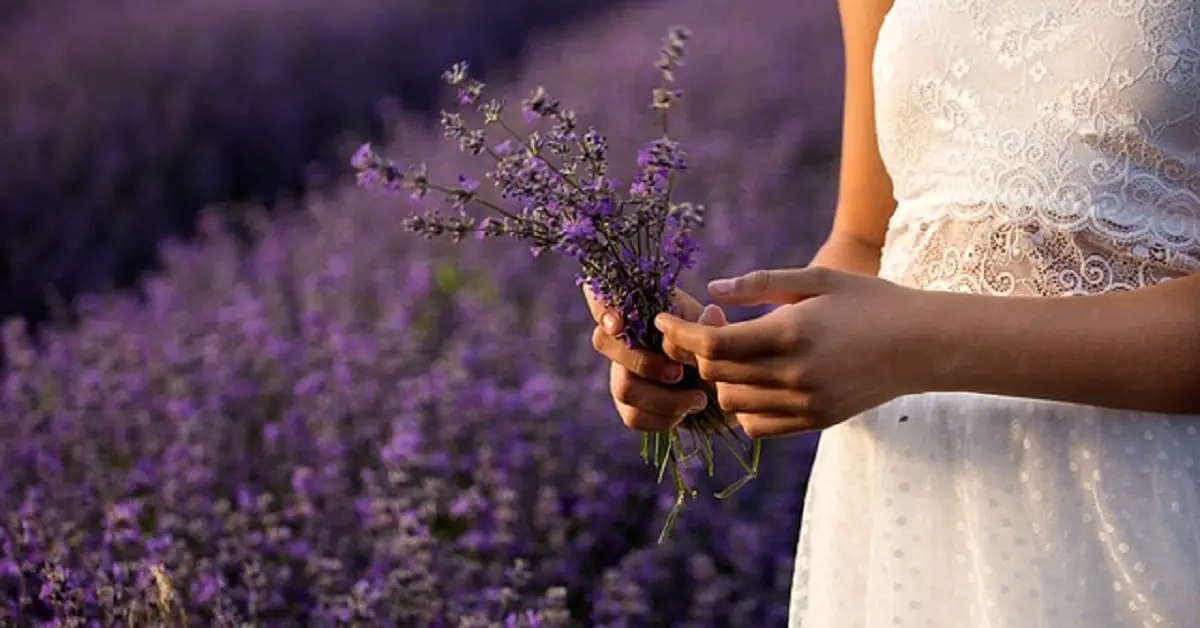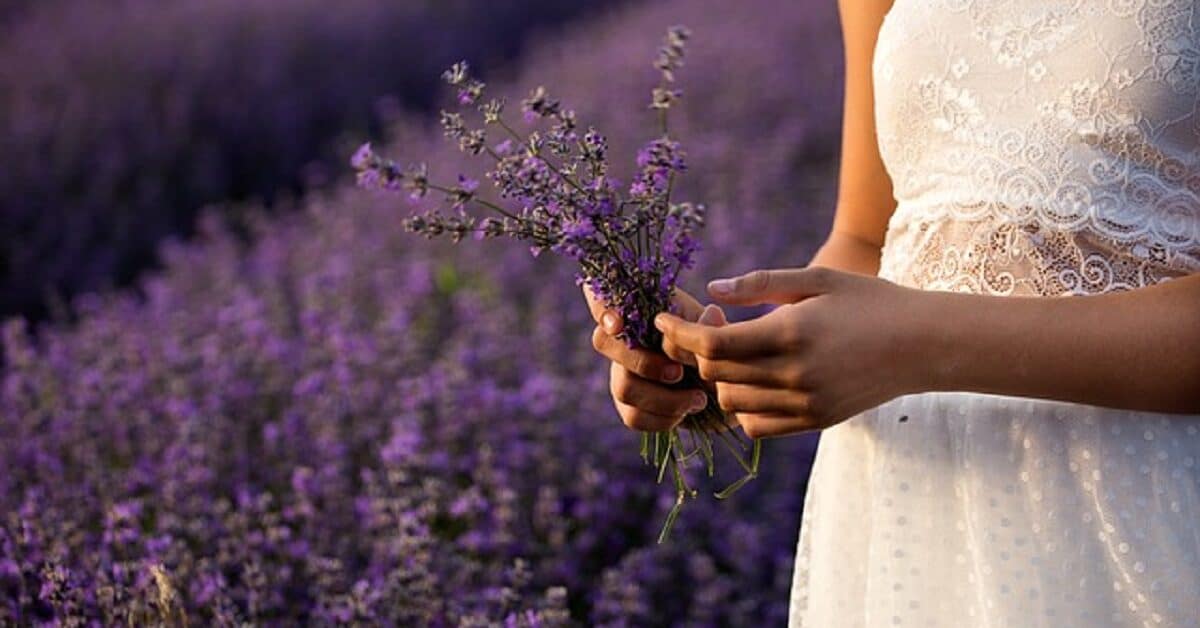
This article walks you through a list of 21 herbs for anxiety and depression based on evidence from peer-reviewed studies.
Anxiety and depression are among the most prevalent and debilitating mental health problems afflicting millions. The challenges of balancing the pressures of fast-paced work environments with the conflicting demands of family life put a lot of physical, mental, and emotional stress on many.
While stress is a natural response of the body to factors perceived as physically and psychologically threatening, chronic stress may induce pathological mental states characterized by mood disorders such as depression, or persistent diffuse anxiety that results in loss of productivity at work, sleep disorders, poor concentration, loss of memory, and poor cognitive function.
Anxiety disorders, such as generalized anxiety disorder (GAD), panic disorder, social anxiety disorder, separation anxiety disorder, post-traumatic stress disorder (PTSD), obsessive-compulsive disorder (OCD), and a host of phobias are among the most common mental disorders afflicting people (Bandelow and Michaelis, Bystritsky et al.).
Mood disorders, such as major depressive disorder (MDD), bipolar disorder, persistent depressive disorder (dysthymia), seasonal affective disorder (SAD), and postpartum depression, are often associated as comorbid conditions with anxiety disorders. Anxiety and depression are among the most common reasons people seek effective alternative treatments to prescription drugs.
Doctors often treat anxiety and mood disorders with medications, such as benzodiazepines, tricyclic antidepressants, selective serotonin reuptake inhibitors (SSRIs), and buspirone.
However, prescription drugs have many unwanted side effects, such as impairment of the natural sleep cycle, while some patients develop tolerance and dependence, and may suffer withdrawal symptoms.
Herbs for anxiety and depression: Alternative therapeutic approach
The limited availability of safe treatments for anxiety and depression has stimulated an interest in alternative therapeutic approaches. People are searching for effective supplements as alternatives to prescription drugs. They want to know more about herbs that may safely alleviate anxiety symptoms, relieve depression, and boost their ability to adapt to stress-related mental and physical health issues.
Herbal supplements are gaining popularity as effective alternatives to prescription drugs for managing stress-related issues and high blood pressure. We also noted in a previous article that herbs are rich in vitamins and minerals and may play a role in preventing nutritional deficiencies such as iron deficiency anemia.
Although they aren’t without side effects of their own, herbs are widely seen as more “natural” and thus safer than prescription drugs that often have adverse effects.
Herbs that relieve anxiety and depression may be served as teas, extracts, tinctures (herbal extracts dissolved in ethanol, vinegar, or glycerol), powder, bitters (alcoholic spirits flavored with a mixture of bitter herbs, spices, roots), oils, and capsules.
While some prefer to smoke their herbs, we at CARE healthy living don’t recommend herbs for smoking.
21 herbs for anxiety and depression
A note to our readers: While scientific research studies suggest that some traditional herbs may indeed have anxiolytic (anxiety-relieving) and antidepressant properties, there isn’t enough evidence in most cases to recommend them in place of prescription drugs.
Anxiety and depression are serious mental health problems. We, therefore, advise our readers not to resort to self-treatment or self-medication if they are experiencing mental health issues but to seek the help of a qualified mental health professional.
This article offers a list of 21 herbs for anxiety and depression based on evidence from peer-reviewed studies only for your information. It isn’t in place of professional medical care and advice. We strongly recommend that you consult your doctor if you plan to use a herbal supplement as a complementary treatment or adjunctive therapy for mental health issues.
Contents(follow the links below):
1. Saffron
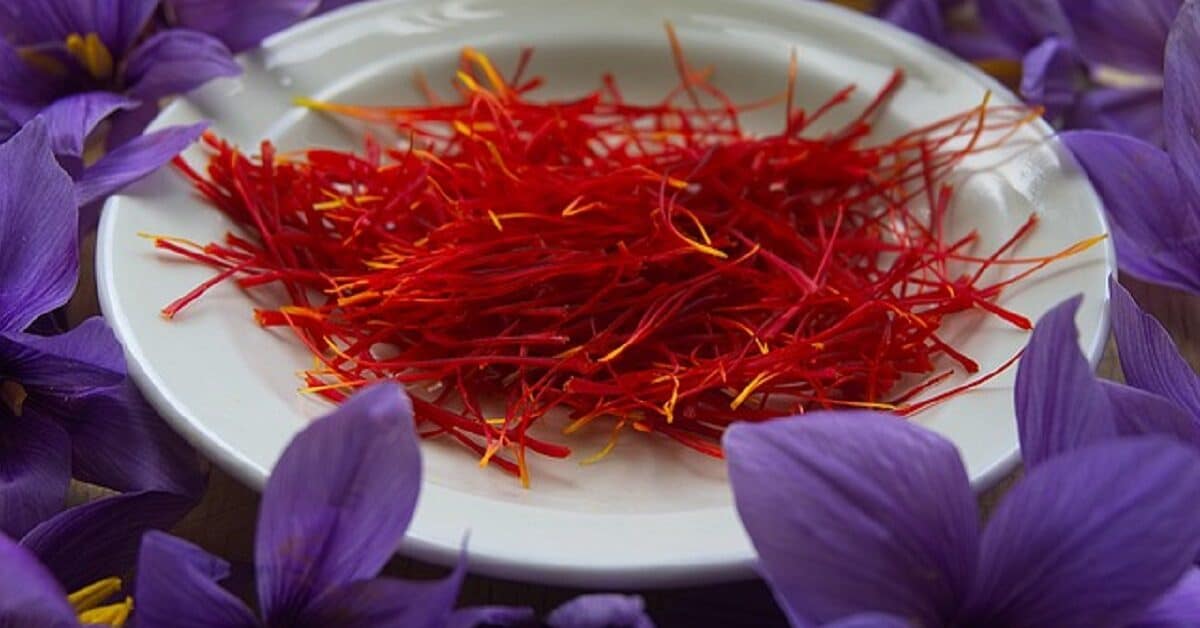
Saffron, a spice derived from the flower of Crocus sativus, is also used as a medicinal herb. Studies suggested that saffron and its extracts relieved the symptoms of mild-to-moderate anxiety.
Akhondzadeh and colleagues (2005) conducted a double-blind, placebo-controlled, and randomized trial to assess the efficacy of the stigmas of Crocus sativus in treating mild-to-moderate depression.
They reported the study suggested that a 30mg/day capsule of saffron stigmas for 6 weeks was effective in treating mild to moderate depression. They recommended a large-scale trial to confirm their findings.
Noorbala and colleagues (2005) reported that a hydro-alcoholic extract of the stigmas of saffron had effects comparable to antidepressant drugs, such as fluoxetine, in treating mild-to-moderate depression.
Moshiri and co-workers (2006) also set up a double-blind, placebo-controlled, and randomized trial to assess the efficacy of the petal of Crocus sativus in treating mild-to-moderate depression. They reported that administration of capsules of saffron petals equivalent to 30mg per day produced significantly better scores than placebo on the Hamilton Depression Rating Scale.
Crocus sativus (30mg saffron capsule per day) reduced anxiety and depression in women with premenstrual syndrome, according to Agha-Hosseini and colleagues (2008).
Mazidi and associates (2016) conducted a 12-week double-blind, placebo-controlled study to evaluate the effect of 50mg saffron extracts. They concluded that saffron may play a role in the treatment of anxiety and depression disorder, with only rare side effects.
2. Rhodiola (Rhodiola rosea)
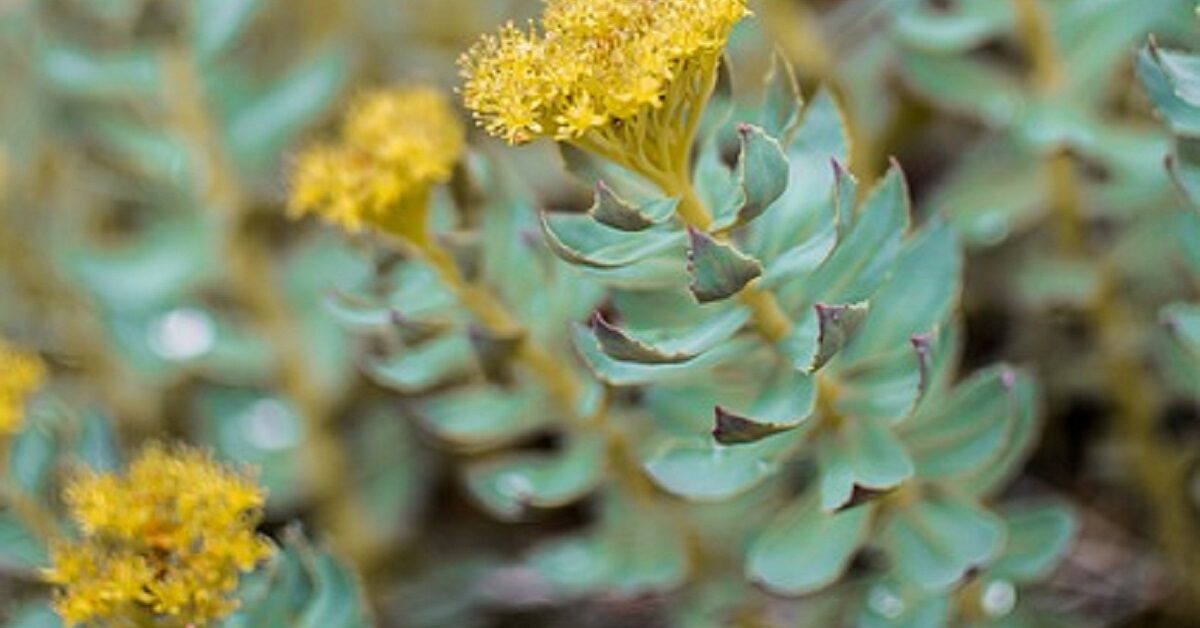
Rhodiola rosea, a perennial flowering plant belonging to the family Crassulaceae, grows wildly in many cold and temperate regions of the world, including Europe, Asia, and North America.
According to Bystritsky and associates (2008), Rhodiola rosea is used in Russian traditional medicine as a herbal supplement for alleviating the symptoms of anxiety, depression, and insomnia.
The researchers conducted a study to assess the efficacy of Rhodiola rosea in reducing the symptoms of GAD.
They found that administration of a total daily dose of 340 mg of R. rosea extracts for 10 weeks to subjects with DSM-IV diagnosis of GAD, improved anxiety symptoms measured on the Hamilton Anxiety Rating Scale (HARS). The subjects reported only mild-to-moderate adverse events, such as dizziness and dry mouth.
They concluded that R. rosea significantly improved GAD symptoms but noted that their results were only preliminary and that further studies were needed to confirm the safety and efficacy of the herbal product.
Cropley and colleagues (2015) also investigated the effects of Rhodiola rosea extract on self-reported anxiety, stress, cognition, and other mood-related neuropsychiatric symptoms.
In a nonplacebo controlled trial, they administered the extract to subjects with mild anxiety symptoms (200mg dose twice daily) for 14 days and found that it significantly reduced self-reported symptoms. However, the researchers recommended further studies to support their findings.
3. Valerian root extract
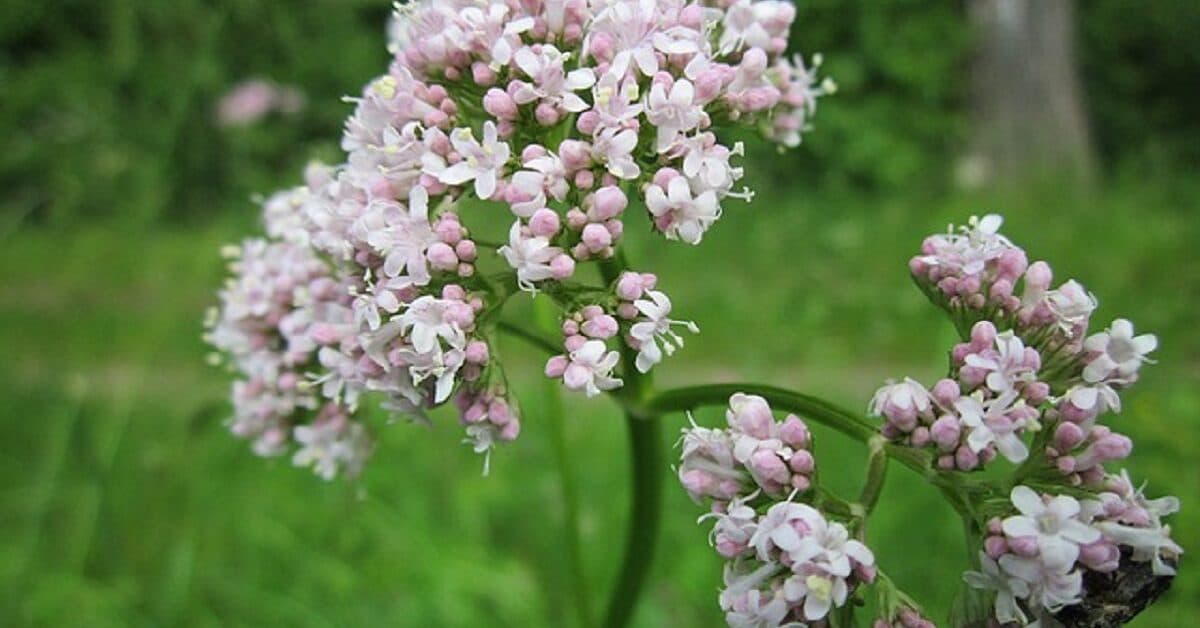
Most studies conducted so far to evaluate the medicinal properties of valerian (Valeriana officinalis) root extract focussed primarily on its effectiveness in improving sleep quality and only secondarily on its anxiolytic properties.
A systematic review by Nunes and Sousa (2011) concluded that valerian was well-tolerated and safe. They also reported there was evidence it may help manage mild-to-moderate insomnia, but the evidence was not sufficient to recommend it for treating anxiety. The researchers recommended more randomized control trials (RCTs) to assess the efficacy of valerian.
Sleep problems are often associated with comorbidities such as anxiety. Valerian as a popular herbal sleep aid may, therefore, also have anxiolytic properties, Shinjyo and colleagues (2020) suggested.
The researchers concluded that valerian root or rhizome may be safe and effective in reducing anxiety and improving sleep quality. They suggested that some of the inconsistent outcomes from previous studies could be due to using herbal extracts with variable qualities.
Tammadon and colleagues (2021) conducted a randomized, double-blind, crossover clinical trial to assess the effects of valerian on sleep quality, depression, and state anxiety in hemodialysis (HD) patients. They concluded that valerian significantly improved sleep quality and reduced the symptoms of state anxiety and depression in patients.
A mixture of valerian and cascade hop extracts reduced anxiety symptoms, decreased the latency time for sleeping, increased total sleep time, and significantly increased non-rapid eye movement (non-REM) sleep time, according to Choi and associates.
Valerian root’s active components, including valerenic acid, were responsible for the plant’s sedative and anxiolytic effects (Tammadon et al.). Valerian and its bioactive components served as GABA agonists (low levels of the inhibitory neurotransmitter γ-aminobutyric acid, GABA, have been linked with anxiety) and their effect on GABA(A) receptors was similar to the effects of benzodiazepines.
4. Ginkgo biloba
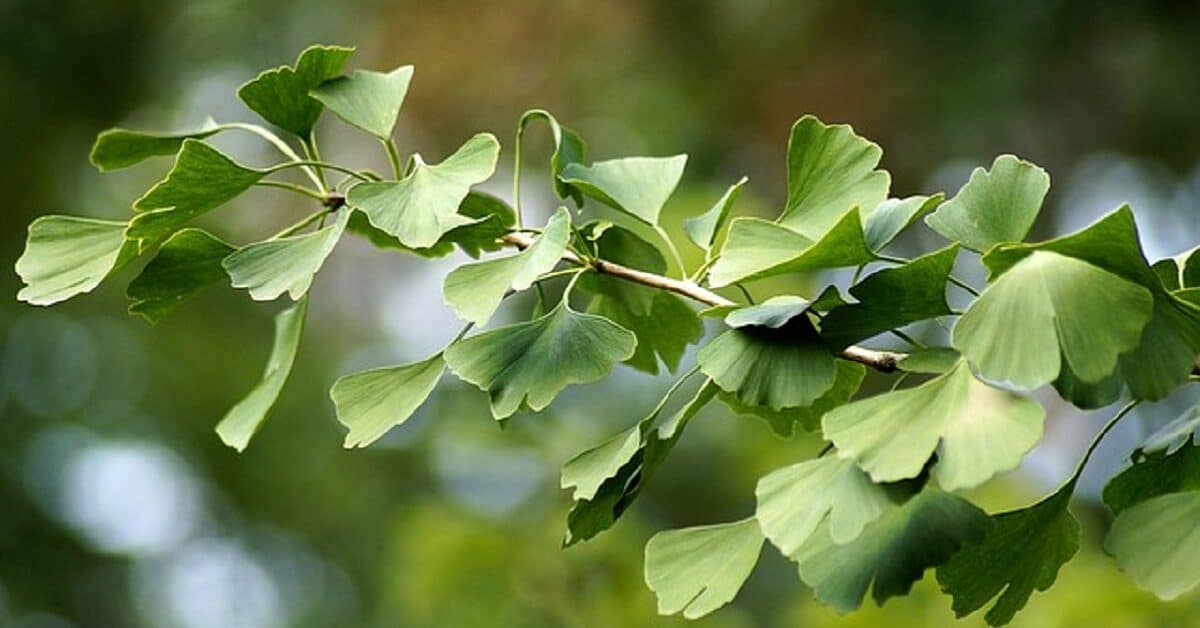
Extracts of Ginkgo biloba have been used since ancient times for medicinal purposes, according to Singh and associates (2017).
Brondino and colleagues (2013) reported that studies indicated that Gingko bilboa has antioxidative and vasoactive properties and has been found effective in managing multiple health conditions, including ischemia, epilepsy, and peripheral nerve damage. They also noted that it enhanced cognitive function in elderly patients with dementia.
Ginkgo biloba extract EGb 761 alleviated the symptoms of anxiety in people on the mental decline and has anti-dementia activity (Woelk et al., 2007). The extract enhanced cognitive function and stabilized mood in cognitively impaired elderly people, according to the authors.
The researchers conducted a study to evaluate the effect of Ginkgo biloba extract EGb 761 on younger people with GAD. The subjects received daily doses of 480 mg and 240mg for 4 weeks, while a third group received a placebo.
The results showed that Ginkgo biloba extract EGb 761 exerted a dose-dependent improvement on anxiety scores measured on the Hamilton rating scale for anxiety (HAMA), compared with the placebo group.
The authors also reported that the herbal extract was safe and well-tolerated.
Singh and colleagues (2017) conducted a review of scientific evidence supporting the efficacy of the Ginkgo biloba. They reported that multiple studies have shown that Ginkgo biloba reduced anxiety and improved cognitive abilities in people with dementia. They concluded that the herb may be effective as alternative medicine, but they recommended more high-quality clinical trials to confirm the results of previous studies.
5. Black cohosh
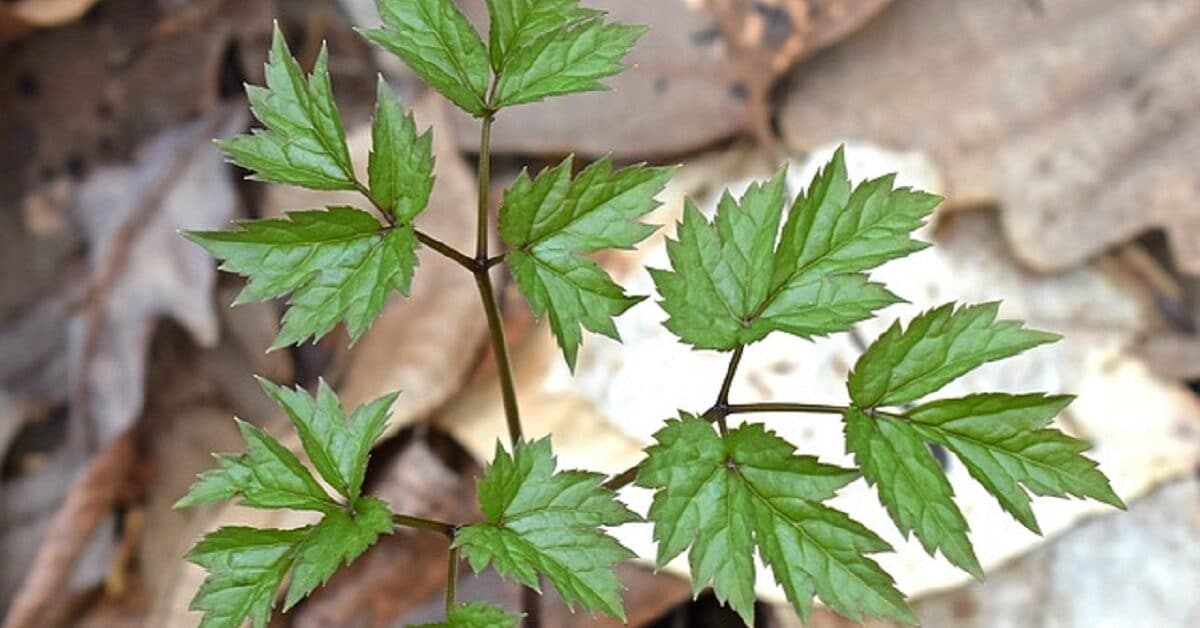
Multiple studies suggested that black cohosh (Cimicifuga racemosa), a herb of the buttercup family Ranunculaceae native to North America, may have anxiolytic and antidepressant properties.
Nappi and colleagues (2005) reported that a standardized black cohosh extract had efficacy comparable to low-dose transdermal estradiol in treating hot flashes, anxiety, and depression in women with climacteric complaints.
But other studies suggested that it was not as effective as fluoxetine for treating depression in postmenopausal women (Oktem et al., 2007).
According to Oktem and associates, black cohosh was more effective than fluoxetine for treating hot flushes and night sweats, but less effective than fluoxetine for treating depression measured on Beck’s Depression Scale.
However, Amsterdam and associates (2009) found a statistically significant anxiolytic effect of black cohosh compared with placebo in women with anxiety disorder due to menopause.
6. Maca
Maca (Lepidium meyenii), also known as Peruvian ginseng, is a biennial herb belonging to the family Brassicaceae. The plant, native to the Andes mountains of Peru, is cultivated for its hypocotyl, as a root vegetable, a dietary supplement, and for folk medicinal purposes, such as enhancing fertility and improving sexual function (Gonzales, 2012).
Rubio and colleagues (2006) reported that multiple varieties of maca showed antidepressant activity in mice.
A randomized, double-blind, placebo-controlled, cross-over study by Stojanovska and associates (2015) found that maca reduced the symptoms of depression and diastolic blood pressure in Chinese postmenopausal women.
Maca extract (250mg/kg and 500 mg/kg) showed antidepressant activity in mice and reduced oxidative stress in mice brains, according to Ai and colleagues (2014).
Maca alleviated the severity of psychological symptoms in postmenopausal women (Brooks et al., 2008). It also improved sexual function.
7. Red clover
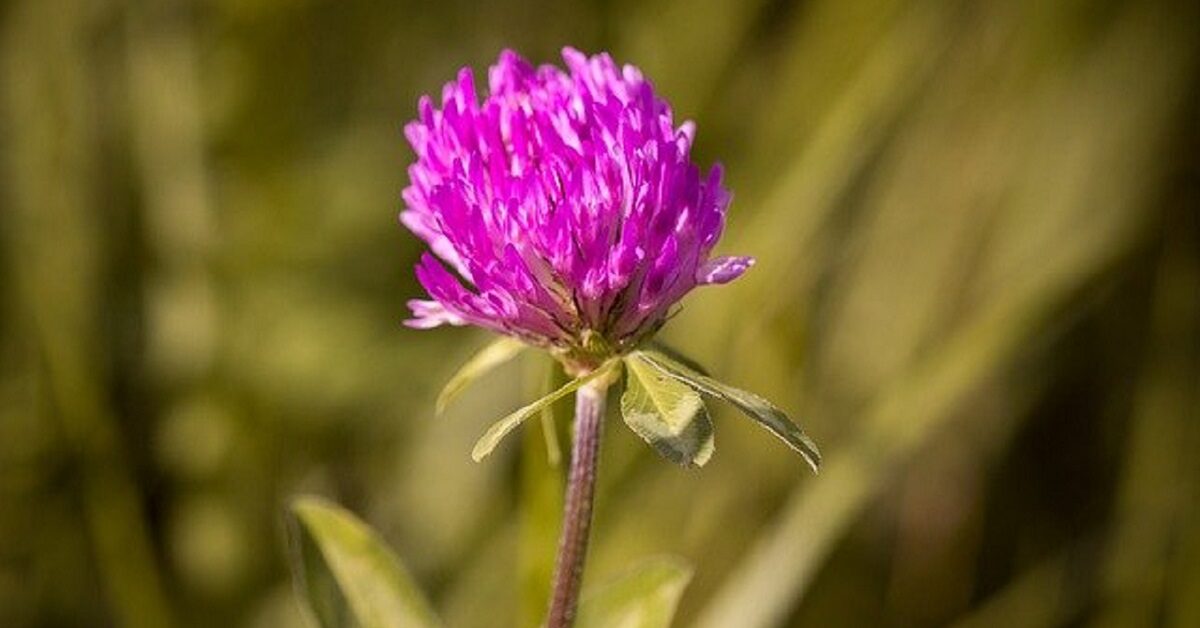
Red clover (Trifolium pratense) is a flowering plant (family Fabaceae) native to parts of Europe and Asia. Extracts of parts of the plant, especially the flowers, are used for medicinal purposes.
Red clover may reduce the severity of anxiety and depression symptoms in postmenopausal women, according to some research studies.
Lipovac and associates (2010) reported that isoflavones derived from red clover administered at a rate of 80mg/daily for 90 days were more effective than placebo in reducing depression and anxiety symptoms in postmenopausal women.
However, Fattah (2017) reported mixed results regarding the efficacy of red clover. The reviewer noted that kava (200 mg/day) was more effective than red clover.
8. Sage and rosemary
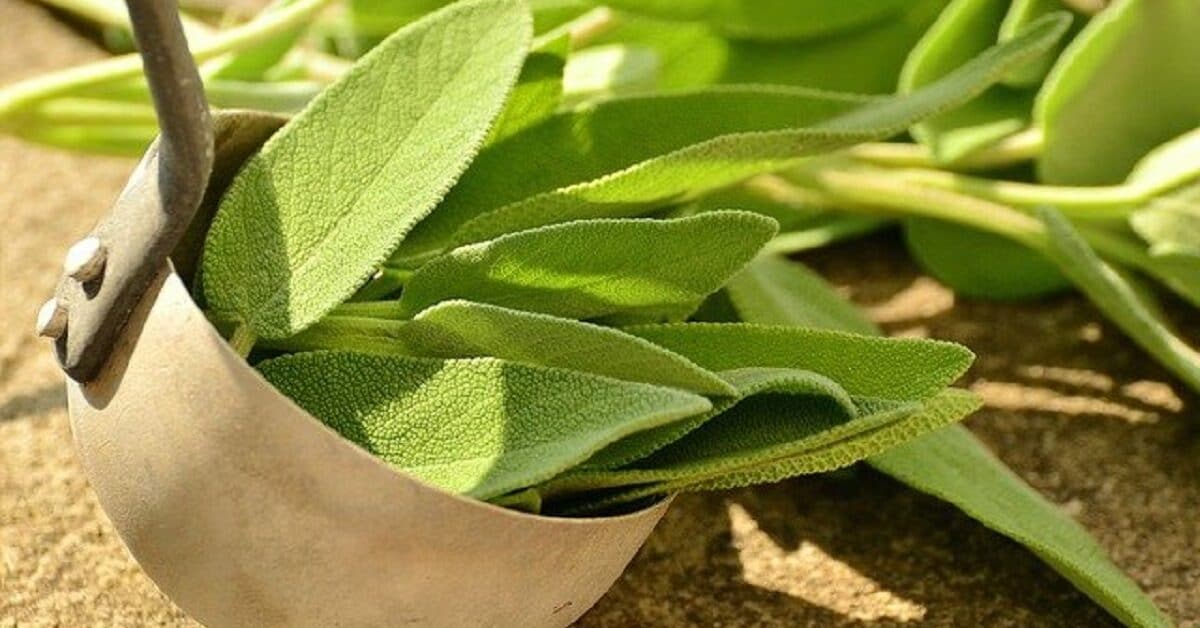
Sage (Salvia officinalis) and rosemary (Salvia rosmarinus, syn: Rosmarinus officinalis; sage family Lamiaceae) leaf extracts have modulating effects on anxiety, according to Choukairi and co-workers (2019).
A review by Rahbardar and Hosseinzadeh (2020) concluded that rosemary (Salvia rosmarinus) may have anxiolytic, anti-inflammatory, analgesic (pain-relieving), and memory-boosting properties. They also reported that the main pharmacologically active components of rosemary included rosmarinic acid and carnosic acid.
According to Yeung and colleagues (2019), the essential oil and extracts of sage (Salvia officinalis) may improve mood and reduce anxiety by inhibiting the enzyme cholinesterase that breaks down the neurotransmitter acetylcholine.
Kennedy and colleagues (2006) conducted a double-blind, placebo-controlled, crossover study, in which healthy young adults received different doses of dried leaf extracts of sage (300, 600 mg dried sage leaf), while a third group received placebo.
They reported that the sage leaf extract exhibited a dose-dependent inhibition of acetylcholinesterase and butyrylcholinesterase, and improved the subjects’ self-assessment of mood.
The researchers reported that dried leaf extracts of sage had a dose-dependent effect in reducing anxiety and mood in healthy young adults. The lower dose reduced anxiety while the higher dose also improved “alertness,” “calmness” and a feeling of “contentedness” measured on the Bond-Lader mood scales.
The researchers concluded that the results confirmed that sage leaf extracts have cholinesterase inhibiting properties that help improve mood and cognitive performance in healthy young adults.
9. Lavender essential oil
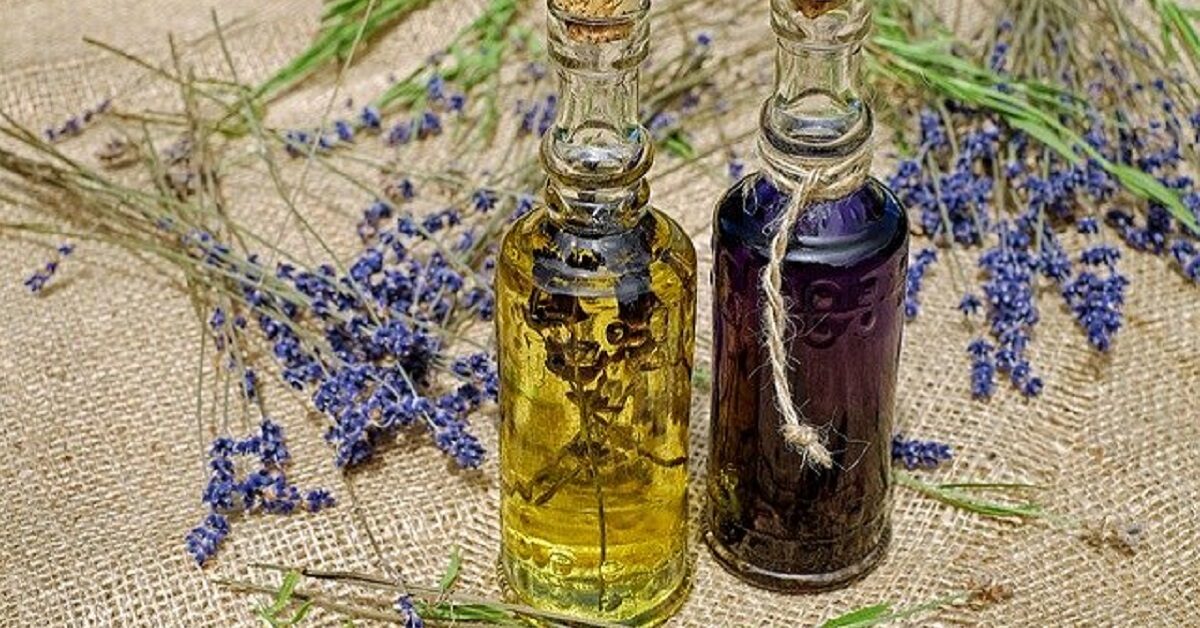
A systematic review by Koulivand colleagues (2013) concluded there was a growing body of evidence suggesting that lavender essential oil (genus Lavandula) may have anxiolytic, mood-stabilizing, sedative, analgesic, anticonvulsive, and neuroprotective properties.
Studies by Kasper and associates found that oral lavender oil preparation (silexan) showed anxiolytic effects (superior to placebo) when administered (80mg/day) to patients with subsyndromal (mixed) anxiety disorder and GAD (Kasper et al.; Kasper et al.). It also improved related symptoms, such as restlessness, agitation, and sleep disturbances.
The researchers reported that administration of silexan at 80 mg/day for 6 weeks to patients with GAD had a similar anxiolytic effect with lorazepam administered at 0.5 mg/day for the same period.
Linalool and linalyl acetate, two primary terpenoid constituents of lavender essential oil, may be responsible for lavender oil’s psychotropic activity (Malcolm et al., 2017).
According to the researchers, a standardized essential oil extract of Lavandula angustifolia (SLO) had only mild side effects in short-term studies and rapid onset of efficacy compared to many first-line pharmaceutical agents. It also had the advantage of being able to exert a calming effect without sedation. Unlike benzodiazepines, it did not induce dependence, tolerance, or cause withdrawal symptoms.
They concluded that the preparation may play a role as an effective alternative to current medications in the management of anxiety disorders.
However, they recommended that clinicians should exercise caution in prescribing lavender oil because more high-quality studies were needed to confirm its safety and efficacy.
10. Galphimia glauca
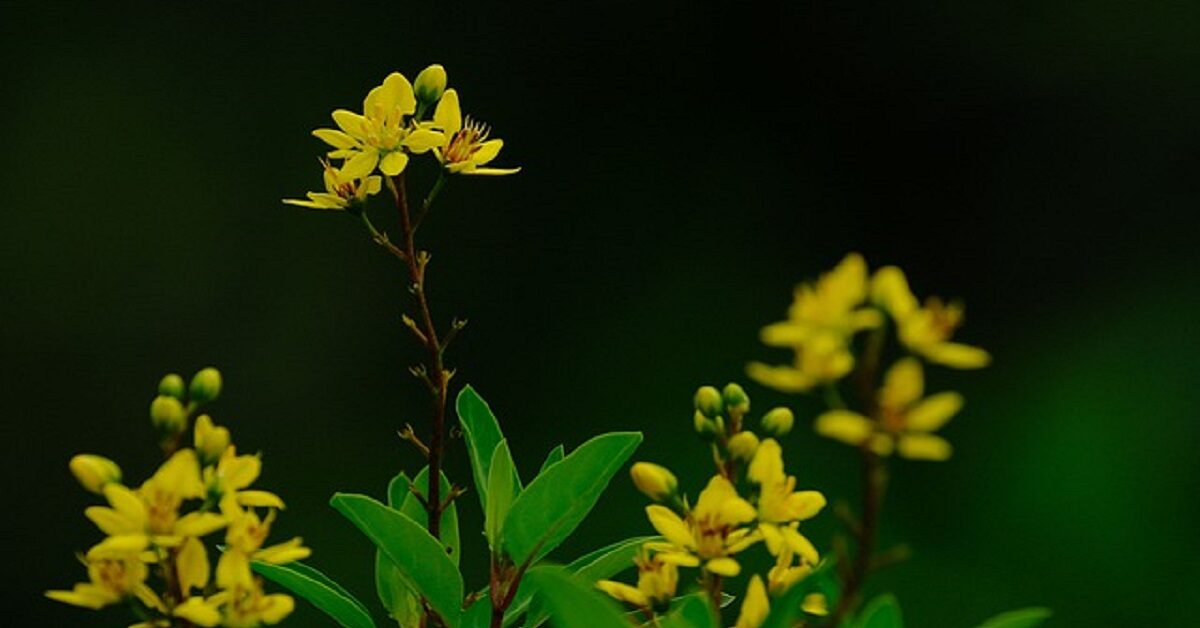
Studies indicate that Galphimia glauca ( family Malpighiaceae; genus Galphimia), a small evergreen shrub native to Mexico and Central America, may have anxiolytic properties.
According to Sharma and co-workers (2018), Galphimia glauca has medicinal properties and is traditionally used in Mexico as a sedative, anxiety-relieving, anticonvulsant, antiasthmatic, and antiallergic herb.
The researchers reported that its medicinal properties were due to constituents such as flavonoids, triterpenoids, and phenolics that have anti-inflammatory, antidiarrheal, antimalarial, and cytotoxic activities.
Studies have shown that methanolic extracts of the aerial parts of Galphimia glauca have strong sedative properties (Tortoriello and Ortega, Sharma et al.).
Tortoriello and Ortega reported that galphimine B, a nor-secotriterpene constituent of Galphimia, may be responsible for its anxiolytic activity. According to the authors, galphimine B may exert its effect partly through inhibition of dopaminergic activity (Sharma et al.) and other unspecified interactions with the serotonergic system.
Glaucacetalin E is another constituent of Galphimia with anti-anxiety activity (Rios et al.). Studies also found that other constituents of the herb, namely galphimines A and E, have less potent effects than galphimine B (Sharma et al.).
Herrera-Arellano and colleagues (2007) found that administration of capsules containing 310mg of dried aqueous extract of Galphimia, equivalent to 0.348 mg of galphimine B, had anxiolytic effects comparable to lorazepam. It also had several advantages over lorazepam: Unlike lorazepam, it did not induce excessive sedation. The onset of its effect was faster (during the first week of use) compared with selective serotonin reuptake inhibitors, SSRIs, and azapirones (which take at least 3 to 4 weeks for their effect to set in).
A follow-up double-blind study by Herrera-Arellano and colleagues (2012) administered a standardized dose of 0.175 mg of galphimine B for 15 weeks to patients with GAD. The study found that the herb was more effective than lorazepam for relieving anxiety. Both Galphimia and lorazepam showed maximum effect after the first week, but the herb maintained its effect four weeks after administration.
Galphimia also had better anxiolytic activity than lorazepam. It showed fewer adverse side effects, and unlike lorazepam, it did not cause excessive somnolence, induce tolerance, intoxication, or dependence.
Romero-Cerecero and associates (2018) also investigated the effect of the herb on social anxiety disorder (SAD) in young people. The researchers administered purified galphimine B to male and female subjects aged 18 to 35 years old for 10 weeks and found that it had a comparable anxiolytic effect with a control group on sertraline (Zoloft, a selective serotonin reuptake inhibitor (SSRI) antidepressant). Both groups experienced a significant anxiety reduction assessed on the Brief Social Phobia Scale (BSPS).
11. Gardeniae Fructus
Gardeniae Fructus (Gardenia jasminoides) is an evergreen shrub that belongs to the family of flowering plants known as Rubiaceae.
The dried ripe fruits of Gardeniae Fructus (Gardenia jasminoides) have been used in traditional Chinese medicine for centuries to treat age-related diseases, such as joint, bone, vascular, and CNS problems.
Oral administration of Gardeniae Fructus extract or its geniposide constituent had an anxiolytic effect in rats, according to Toriizuka and colleagues (2005). They concluded that their study suggested that Gardeniae Fructus and geniposide may play roles as anxiolytic agents.
Shichao Lv and associates (2018) reported that the pharmacologically active components of Gardeniae Fructus include geniposide, genipin, and crocin. The components have neuroprotective properties that make them useful for treating degenerative conditions related to old age.
They also reported that Gardeniae Fructus may have anti-depressive, anti-anxiety, hepatoprotective, anti-oxidative, anti-inflammatory, and anti-psychotic effects.
Ruan and associates (2019) suggested Gardeniae Fructus oil extract may be effective for treating depression.
12. Passionflower
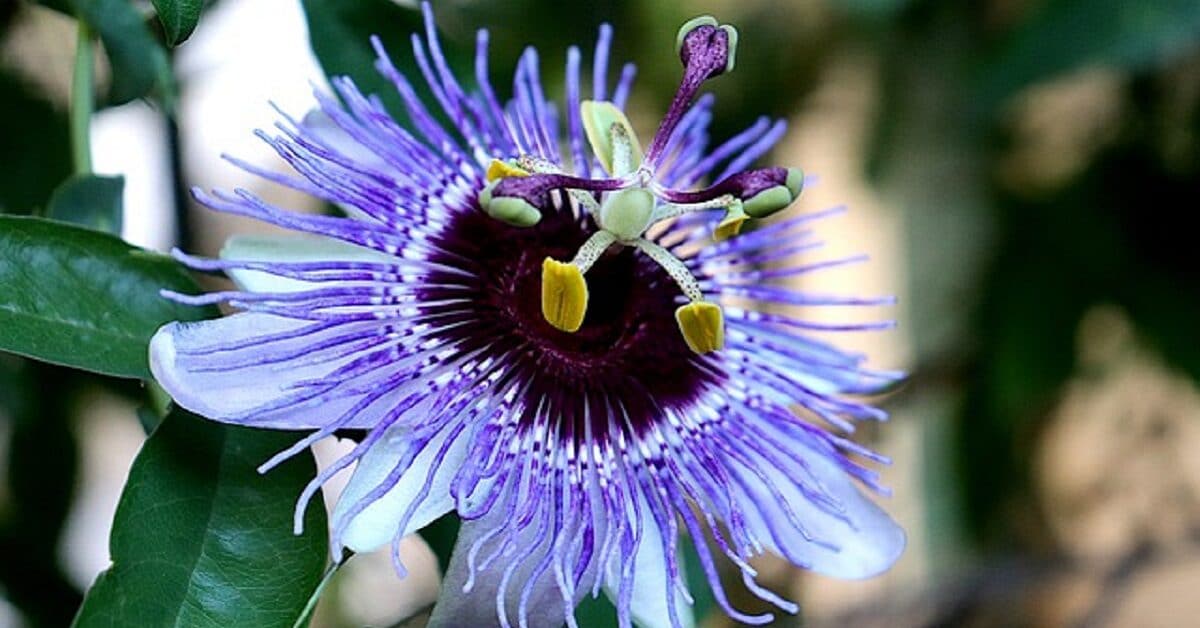
Extracts of perennial flowering plants of the genus Passiflora — known as passionflower — may have anxiety-relieving activity, recent research suggests.
Akhondzadeh and colleagues (2001) conducted a double-blind randomized trial to compare the anxiolytic activity of Passiflora incarnata extract with oxazepam in patients with GAD. The researchers reported that both Passiflora extract and oxazepam exhibited anxiolytic activity and were effective in treating GAD. They found no significant difference between the anxiolytic activity of passionflower extract and oxazepam. While oxazepam showed a more rapid onset of action, it had adverse side-effects, such as impairment of job performance.
The researchers concluded that passionflower extract was an effective herbal preparation for treating GAD) and that it had mild adverse effects compared with oxazepam.
Janda and associates (2020) also reported that scientific studies suggest that passionflower and its extracts may help reduce stress and may be useful in treating insomnia, anxiety, and depression.
The researchers conducted a systematic review to evaluate the neuropsychiatric properties of the herb. They concluded there was evidence that administration of Passiflora incarnata preparations significantly reduced anxiety levels with minimal adverse effects. They also concluded that passionflower may be effective in treating some symptoms in neuropsychiatric patients with anxiety.
Passionflower may be effective in conjunction with other mainstream medication, such as sertraline, in treating GAD, according to Nojoumi and colleagues (2016). They reported it had the added advantage of mild side effects.
13. Kava
Extracts of the rootstock of Kava (Piper methysticum), a perennial native to the South Pacific Islands, have been used in the traditional medicinal culture of the islanders for centuries.
It was consumed as a beverage to relieve anxiety and treat insomnia.
Savage and colleagues reported that kava is a nonaddictive, non-hypnotic anxiolytic that may be used to treat GAD. The researchers reported that multiple clinical trials and meta-analyses have affirmed the safety and effectiveness of kava for treating anxiety.
They also noted that recent studies have lessened previous concerns that kava may have hepatotoxic effects. According to Smith and Leiras (2018), hepatotoxicity was not a concern when kava was administered to subjects for less than 8 weeks. But the authors suggested that more studies were needed to assess the safety of kava for long-term use (>8 weeks).
Sarris and associates (2013) conducted a double-blind, randomized, placebo-controlled study to assess the effectiveness of Kava for treating GAD in patients without any comorbidities. The subjects were administered an aqueous extract of kava equivalent to 120-240 mg/day of the pharmacologically active kavalactone constituents of the herb. Reduction in anxiety levels was measured on the Hamilton Anxiety Rating Scale (HAMA).
The researchers found that subjects on the aqueous extract of kava reported a significant reduction in anxiety compared with the placebo group. They concluded that kava may play a role as a moderately effective short-term alternative therapy in treating GAD.
A review and analysis of randomized trials by Smith and Leiras concluded that kava had significant anxiety-relieving activity and that it was effective for the short-term treatment of the condition. They also reported it was more effective for treating anxiety in younger people and females.
However, they concluded that it may not be effective for long-term treatment (>8 weeks) purposes.
Chua and associates (2016) identified Kavain as the major kavalactone constituent of Kava extract responsible for its pyschoactive properties.
14. Turmeric
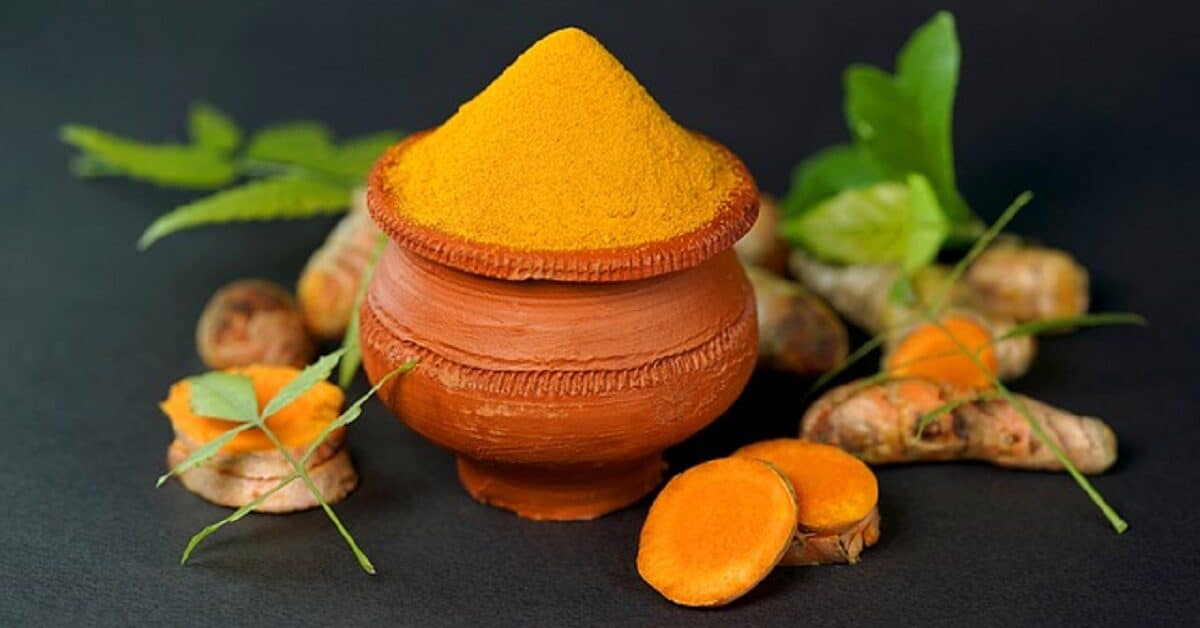
Turmeric (Curcuma longa) is a perennial flowering plant belonging to the ginger family of plants (Zingiberaceae). The plants are cultivated for their rhizomes used as a flavoring agent and for folk medicinal purposes.
Lee and Lee (2018) reported that studies suggested that curcumin, the major bioactive diarylheptanoid and polyphenolic constituent of turmeric (Curcuma longa), has many pharmacological properties, including antidiabetic, antiatherosclerotic, anticancer, and neuropsychiatric activities. Curcumin also has “anxiolytic-like” activity and may play a role in the management of posttraumatic stress disorder (PTSD).
The researchers reported that rats exposed to prolonged stress showed reduced symptoms of anxiety after receiving curcumin administered at a rate of 20, 50, and 100 mg/kg once daily for 14 days (2 weeks). The authors concluded that the results indicated that curcumin has anxiolytic-like effects.
They also suggested that curcumin may be a useful supplement for managing posttraumatic stress disorder (PTSD).
Curcumin, the principal curcuminoid found in turmeric, has neuroprotective activity in people with depression and neurodegenerative diseases, such as Alzheimer’s, tardive dyskinesia, diabetic neuropathy, and epilepsy (Kulkarni and Dhir, 2010). The authors suggested that curcumin’s pharmacological activity could be due to its ability to modulate brain neurotransmitter levels. It also has anti-inflammatory, antioxidant, and anti-apoptotic properties, the authors reported.
Curcumin has recently attracted research interest due to its potential role in treating anxiety and depression. According to Ramaholimihaso and associates (2020), curcumin may help in managing major depressive disorder (MDD) due to its ability to modulate neurotransmitter levels, regulate inflammatory pathways, improve neuroplasticity, alleviate hypothalamic-pituitary-adrenal disturbances, prevent insulin resistance, oxidative, and nitrosative stress.
Abu Taweel and Zarraq Al-Fifi (2021) reported that curcumin may have protective activity against anxiety and depression induced by mercury chloride toxicity (HgCl2) in pregnant rats.
15. Ashwagandha
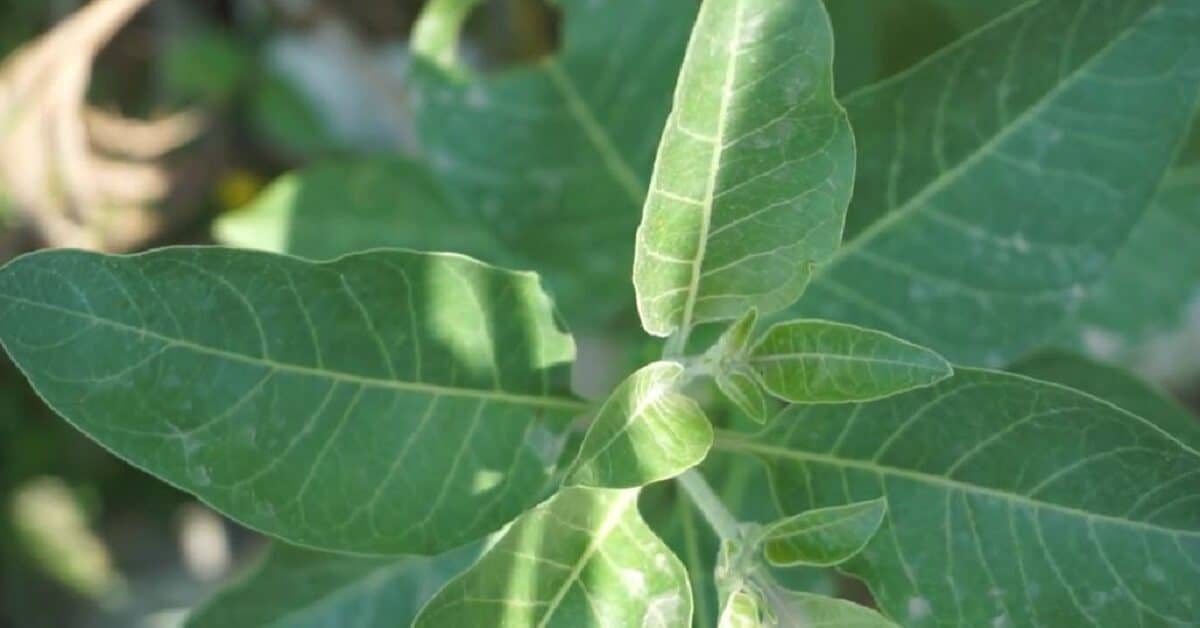
Ashwagandha (Withania somnifera), a shrub that belongs to the Solanaceae or nightshades family of flowering plants, may have significant anxiety-relieving properties, multiple studies suggested.
Chandrasekhar and colleagues (2012) conducted a randomized double-blind, placebo-controlled study of the safety and efficacy of a high-concentration full-spectrum extract of ashwagandha root in managing stress and reducing anxiety in adults.
The reported that subjects administered the root extract for 60 days showed a significant improvement in scores measured on stress-assessment scales and reduction in serum cortisol levels (a marker of stress) compared with a placebo group. They also reported that ashwagandha side-effects were mild and that subjects reported no serious adverse events.
The researchers concluded that ashwagandha root extract was safe and effective for managing stress and anxiety in adults.
Coyle and associates (2022) also conducted a study to assess the effects of ashwagandha root and leaf extract on cognitive abilities, cortisol levels, mood, stress, food cravings, and anxiety in adults.
They reported that the extract had a significant lowering impact on self-reported anxiety and depression. It also significantly reduced cortisol levels without any adverse effects.
Pratte and associates (2014) conducted a systematic review of scientific literature to assess the anxiety-alleviating properties of ashwagandha. They acknowledged that multiple studies suggested ashwagandha may have anxiolytic properties but they urged caution in interpreting the results of the studies due to potential bias.
16. St. John’s Wort
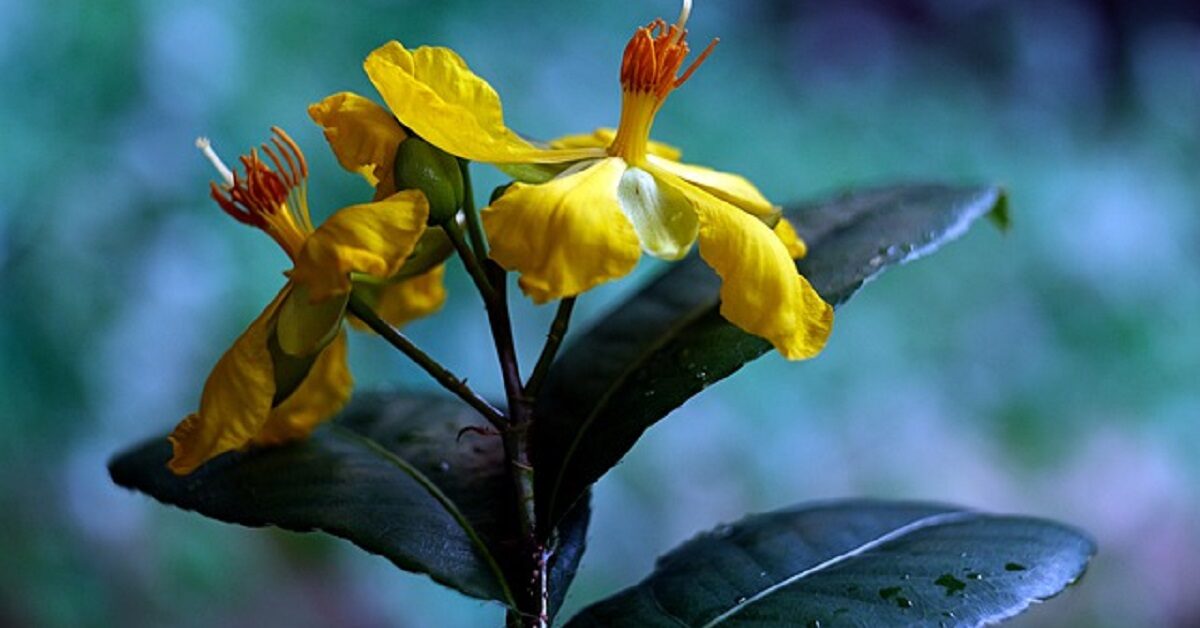
St. John’s Wort (Hypericum perforatum) is a herb native to temperate regions of the world. St. John’s Wort (also known as klamath weed, tipton weed, goat weed, and enola weed) has been used in folk medicine since ancient times for treating various ailments, including depression and mood disorders.
Cui and Zheng (2016) conducted a meta-analysis to assess the efficacy and safety of St John’s Wort extracts in managing depression in adults. They also compared its efficacy with selective serotonin reuptake inhibitors (SSRI).
The researchers reported that St John’s Wort’s effectiveness in lowering the symptoms of depression was comparable to SSRIs. It did not differ significantly from SSRIs in clinical response, remission rate, and improvement of depression symptoms measured on the Hamilton Rating Scale for Depression. St. John’s Wort had the added advantage of having milder side effects and fewer adverse events than SSRIs.
They concluded that the herb was safe for treating depression. According to the authors, both St. John’s Wort (SJW) extract and SSRIs were effective in treating mild-to-moderate depression, but the herb was safer.
Apaydin and co-workers (2016) conducted a systematic review to evaluate the effectiveness of St. John’s wort (SJW) in treating major depressive disorder (MDD) compared with placebo and known antidepressants. They concluded that SJW was superior to placebo in reducing the symptoms of mild-to-moderate depression and that it was not significantly less effective than major antidepressant medications. It also had the advantage of fewer side effects.
However, the researchers urged caution in interpreting the results of some of the studies due to the low “quality of evidence” and experimental design.
According to Klemow and colleagues, the major pharmacologically active substances in St. John’s Wort are hypericin (a naphthodianthrone) and hyperforin (lipophilic phloroglucinol). However, there are several other bioactive compounds in the herb, such as flavonoids rutin, quercetin, and kaempferol.
17. Lemon balm
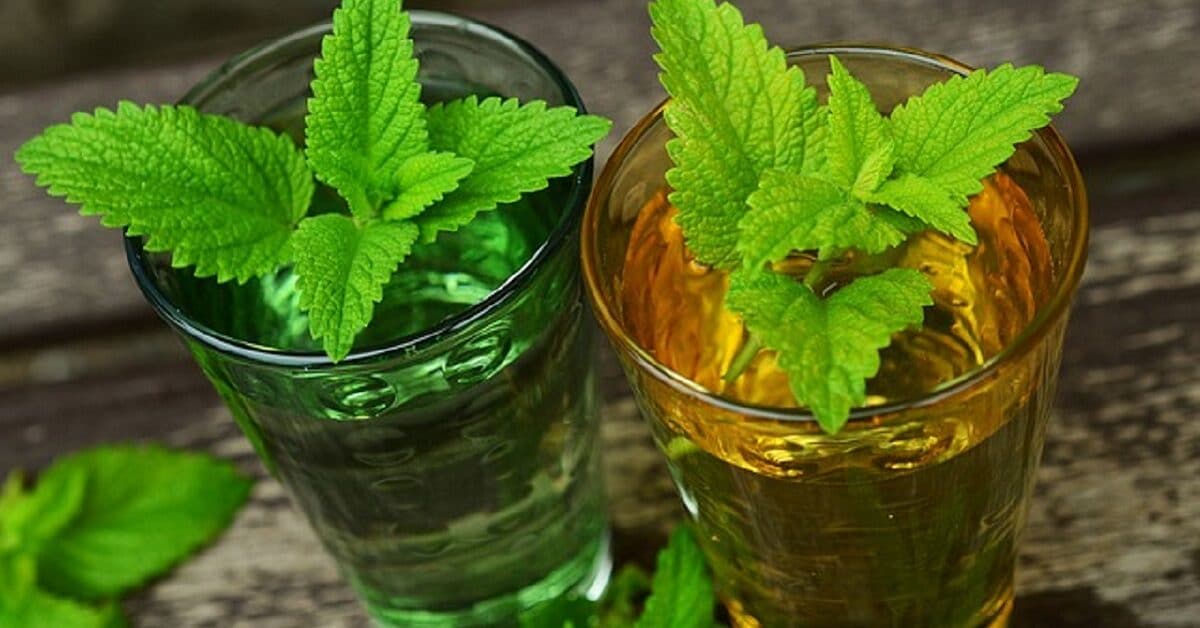
Lemon balm (Melissa officinalis) is a cultivated perennial herb that has been used for centuries as a mood and cognitive function regulator (Scholey et al.).
Cases and associates (2011) reported that lemon balm has anti-stress and anxiety-relieving properties. They found that administration of a standardized extract of Melissa officinalis improved stress-related symptoms in mice. They also reported that the extract significantly reduced anxiety manifestation, ameliorated associated symptoms, and lowered insomnia in human subjects. According to the researchers:
- 95% of human subjects (19/20) responded to treatment with lemon balm
- 70% achieved full remission of anxiety symptoms
- 85% (17/20) achieved full remission for insomnia, and
- 70% (14/20) for both
They concluded that the study demonstrated that Melissa officinalis relieves stress-related effects.
Lemon balm extracts have psychotropic activity when administered as capsules, coated pills, and as a topical application (Scholey et al., 2014).
The authors reported that studies identified rosmarinic acid as one of the pharmacologically active compounds in lemon balm and that it has an effect on mood and cognitive function.
The researchers conducted two double-blind, placebo-controlled, crossover studies to evaluate the effect of the herb on mood and cognition in humans. They administered a standardized preparation of Melissa officinalis served with palatable beverages to healthy young adults. They assessed the herb’s mood regulatory effects based on self-report before and after serving the beverages.
The subjects reported an improvement in mood and cognitive function.
According to the authors, lemon balm has “robust calming/anxiolytic effects.” However, the mechanism for its action was not known.
18. Hops (Humulus lupulus)
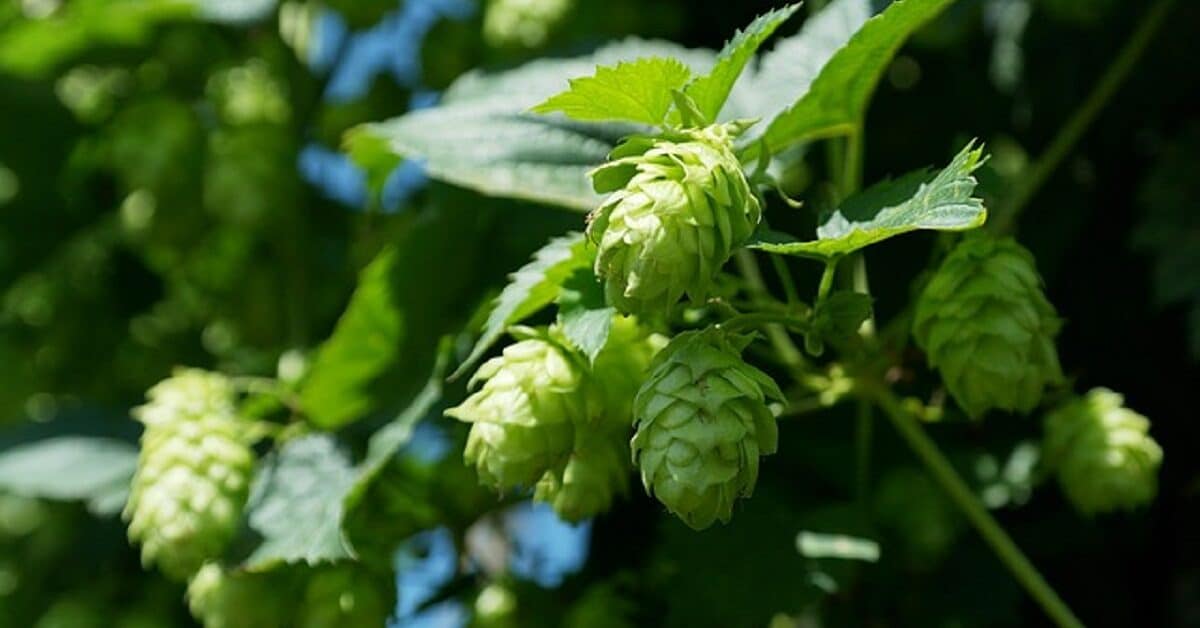
Kyrou and associates (2017) reported that hops (Humulus lupulus; fam. Cannabaceae) may be an effective herbal medicinal agent for treating anxiety, mood disorders, and sleep disturbances.
The researchers designed a randomized, placebo-controlled, double-blind study to investigate the effects of hops dry extract on depression, anxiety, and stress levels in apparently healthy young male and female adults with self-reported symptoms.
They found that hop significantly decreased anxiety, depression, and stress scores compared with placebo, but found no significant changes in morning circulating cortisol with hops and placebo. The researchers concluded that daily supplementation with a hops dry extract for 4 weeks significantly improved anxiety and depression symptoms in young adults with at least mild symptoms.
Franco and associates (2012) investigated the sedative effects of hop (Humulus lupulus) and its effect on the activity/rest cycle associated with the circadian rhythm. The authors reported that hop has sedative properties and that its pharmacological activity was due primarily to its bitter resin constituents, such as 2-methyl-3-buten-2-ol.
According to the authors, 2-methyl-3-buten-2-ol acts by promoting the activity of the neurotransmitter γ-aminobutyric (GABA) and thus inhibiting the central nervous system (CNS).
The authors reported that administration of 2 mg of hop extract decreased nocturnal activity in common quail (Coturnix coturnix), a species that has a similar sleep-wake rhythm with humans.
They concluded that hop may be effective as an aid to improve sleep quality at night. The conclusion is relevant to anxiety because insomnia and other sleep disturbances are often associated with heightened anxiety.
19. Cannabidiol (CBD)
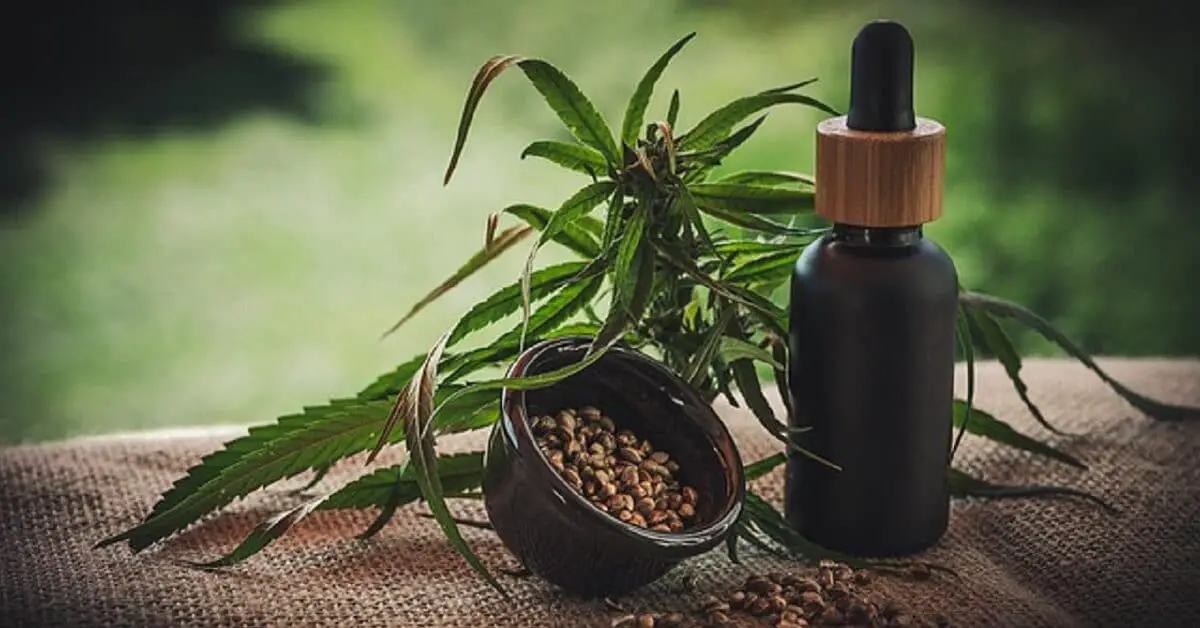
Multiple studies have demonstrated the effectiveness of Cannabidiol (CBD), one of several active compounds in cannabis (Cannabis sativa), in treating anxiety and depression.
Blessing and co-workers (2015) reported that researchers had recently shown an interest in the use of CBD in treating neuropsychiatric disorders, including anxiety disorders. The researchers said that previous research studies strongly suggested that CBD was effective for managing anxiety disorders, including GAD, panic disorder, social anxiety disorder, obsessive-compulsive disorder, and post-traumatic stress disorder.
They concluded that their study suggested that CBD had considerable potential in treating anxiety disorders, but there was a need to further study the effects of long-term administration of the preparation.
According to Shannon and co-workers (2019), several scientific studies found clinical evidence that cannabidiol (CBD) was effective for treating neuropsychiatric disorders, such as epilepsy, schizophrenia, and anxiety. The authors reported that evidence suggested CBD had a calming effect on the central nervous system (CNS).
They conducted a study to assess whether CBD improved anxiety symptoms and sleep quality. They found that CBD improved anxiety and sleep quality in human subjects. The preparation was also generally well-tolerated. They concluded that while their study suggested that cannabidiol may be beneficial in treating anxiety-related disorders, more controlled clinical studies were needed.
20. Banxia houpu decoction
Banxia houpu decoction is a Chinese medicinal preparation consisting of a mixture of herbs, including (Liu et al.):
- Pinellia tuber
- Magnolia bark
- Hoelen (a diuretic with sedative effects)
- Perilla herb and
- Ginger rhizome
It has been used for centuries in Chinese traditional medicine for treating certain types of psychiatric disorders, including depressive disorders and anxiety.
Liu and colleagues reported that banxia houpu was safe, well-tolerated, and effective as an anxiolytic and antidepressant.
21. Chamomile
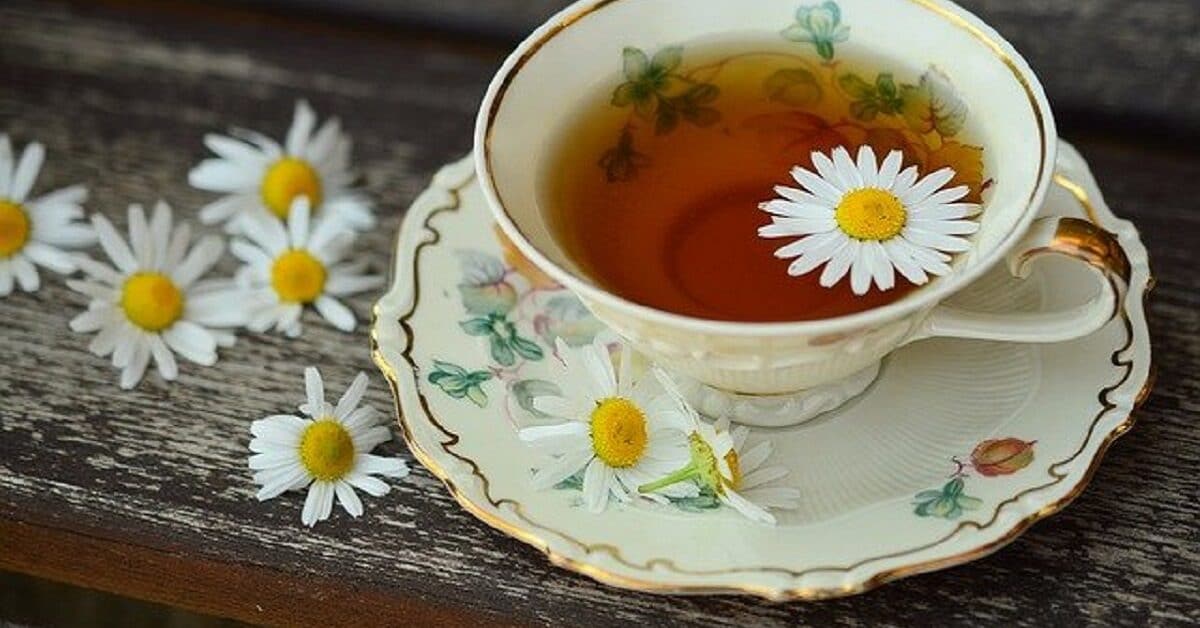
Chamomile (Matricaria chamomilla) refers to plants of the botanical family Asteraceae widely served as herbal teas or infusions for folk remedies.
Some studies suggested that chamomile may be effective for treating mild-to-moderate anxiety and depression.
Amsterdam and associates (2013) conducted a randomized, double-blind, placebo-controlled study to assess the efficacy and safety of Matricaria recutita (syn. Matricaria chamomilla) extract in people with a mild-to-moderate GAD.
They reported that results suggested that chamomile had a modest anxiety-reliving activity (compared with placebo) in patients with mild-to-moderate GAD.
Mao and associates (2014) also reported that a preliminary study of the effect of chamomile suggested it may have anxiolytic and antidepressant properties.
The authors conducted (2016) a double-blind randomized controlled trial to evaluate the effect of long-term use of chamomile in preventing the relapse of symptoms of GAD (Mao et al.). They concluded that chamomile was safe for long-term use and that while it significantly reduced moderate-to-severe GAD symptoms compared with placebo, it did not significantly reduce the rate of relapse.
Amsterdam and colleagues conducted a follow-up study in 2020 and concluded that chamomile showed clinically significant anxiolytic and antidepressant activity in patients with GAD and comorbid depression.

